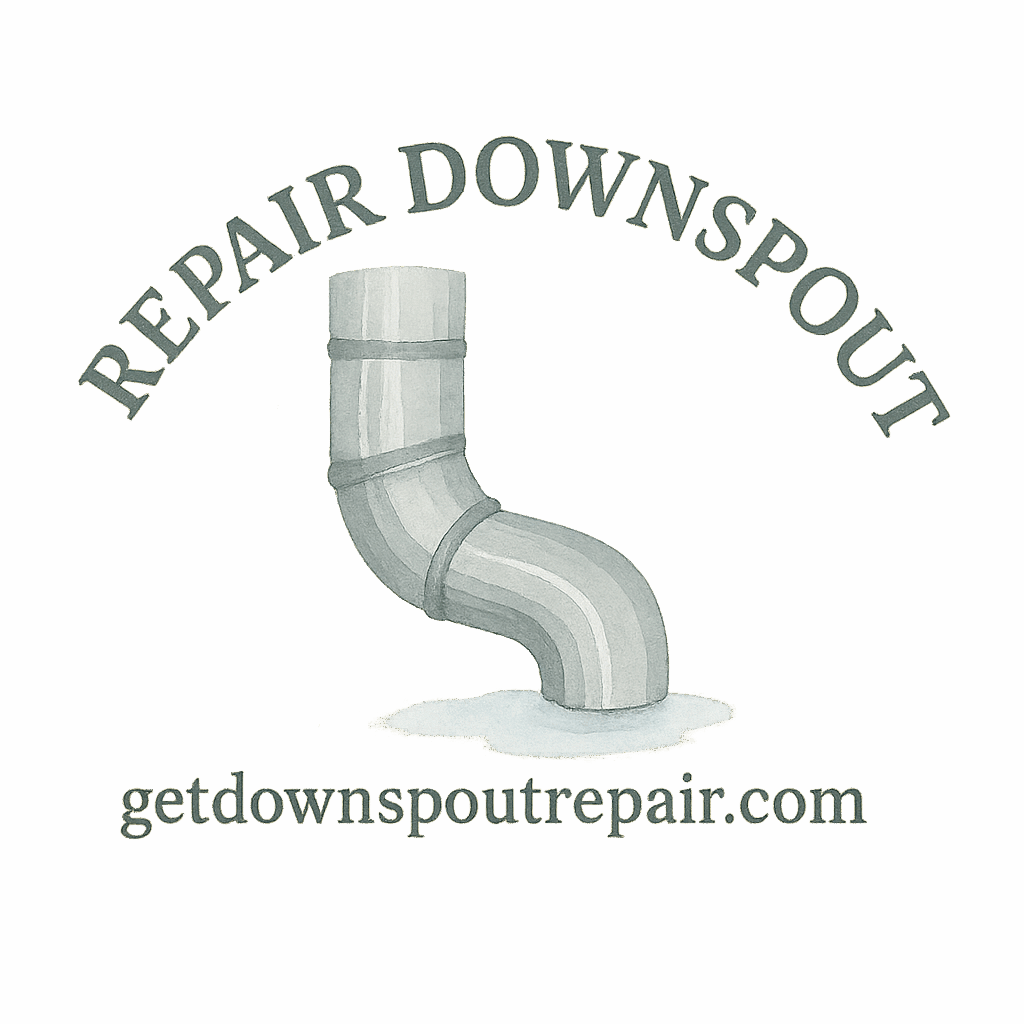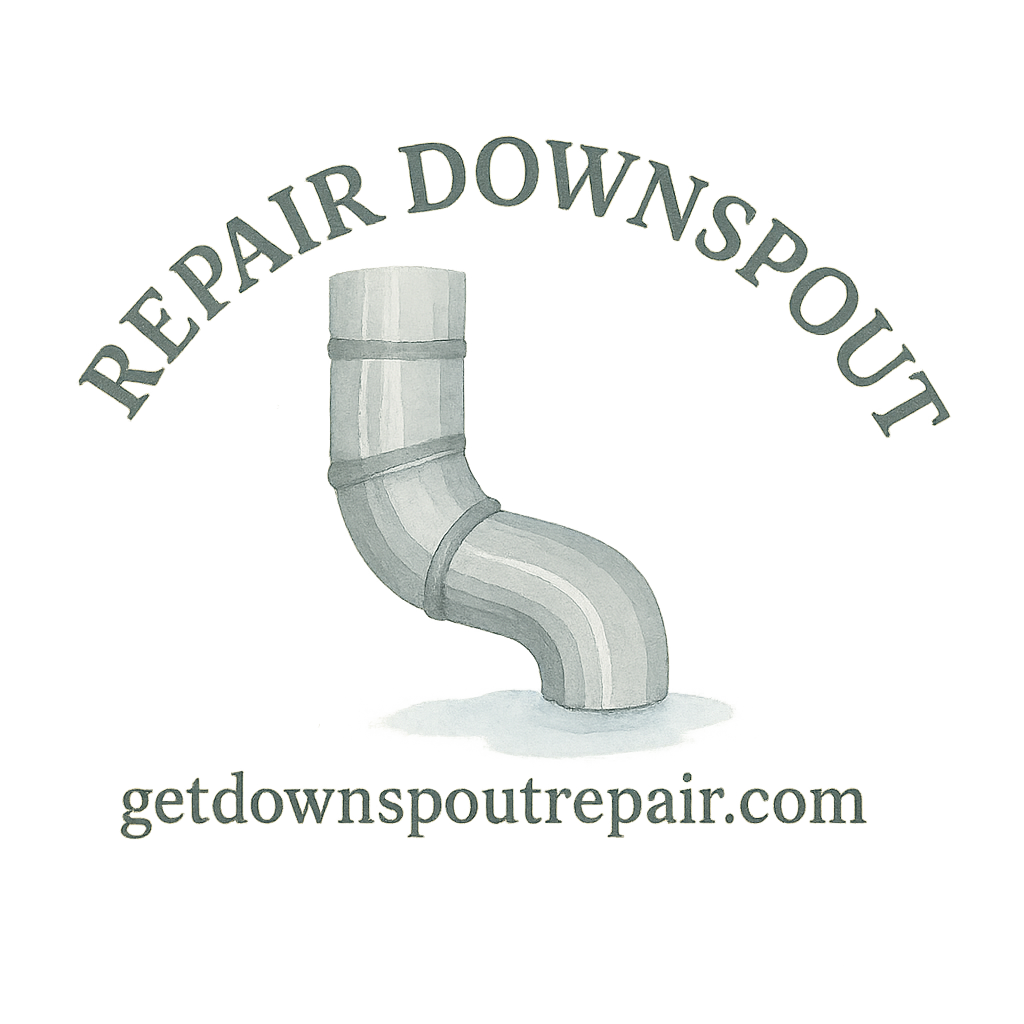Introduction: Why Downspout Repair Matters
Have you ever noticed water pooling around your home after a heavy rain? That’s your house practically screaming, “Fix my downspout!” Downspouts are like the veins of your gutter system—when they fail, the whole system clogs up, and your home ends up paying the price. Ignoring downspout repair may look harmless at first, but it often leads to foundation cracks, landscape erosion, and even mold growth.
That’s why today, we’re diving deep into the 7 signs you need DIY downspout repair right away and how you can tackle them before they turn into big, expensive problems.
What is DIY Downspout Repair?
The Role of Downspouts in Home Protection
Downspouts do more than just move rainwater—they protect your home’s foundation, basement, and yard. Without them, water would pour directly off your roof, digging trenches in your soil and slowly destroying the structural integrity of your house.
When DIY is Better Than Calling a Pro
Not every downspout issue requires calling a licensed contractor. If you’re handy, equipped with the right DIY tools, and the damage is minor, you can save serious cash handling the fixes yourself. For basics, check out repair basics to get started.
Sign #1: Water Pooling Around Your Foundation
How Pooling Water Damages Your Home
Water around your foundation is like termites you can see. Over time, it seeps into cracks, expands in cold weather, and compromises your structure. Left unchecked, this can lead to thousands of dollars in foundation repair.
Quick DIY Fixes for Water Pooling
Grab an extension pipe and redirect that water at least 6–10 feet away from your home. Simple fixes like splash blocks or drainage protection can also prevent further pooling.
Sign #2: Visible Rust or Corrosion on Downspouts
Why Rust Spreads Faster Than You Think
Rust is like a contagious disease for metal. Once it starts, it spreads quickly, eating through your downspouts until they spring leaks.
DIY Tips to Manage Rust Before Replacement
Scrub away surface rust with a wire brush and repaint the area with rust-resistant paint. If you catch it early, you’ll save money and extend the lifespan of your downspout.
Sign #3: Frequent Clogging in Your Downspouts
How to Spot Recurring Clogs Early
If you’re cleaning your gutters every month and still finding backups, that’s a red flag. Clogs can also hide deeper inside the downspout, where you can’t see them.
DIY Tools to Clear Downspout Clogs Effectively
Invest in a plumber’s snake or a pressure washer attachment. For beginners, our DIY fixes guide breaks down simple ways to keep your downspout flowing freely.

Sign #4: Cracks, Holes, or Leaks in the Downspout
Common Causes of Cracks and Holes
Temperature changes, falling branches, or even simple wear and tear can leave your downspout riddled with small cracks.
DIY Patching Techniques That Actually Work
Use waterproof sealant or aluminum patches for small holes. For larger damage, replacing sections of the downspout is often more effective than patching.
Sign #5: Sagging or Detached Downspouts
What Causes Downspouts to Sag
Loose fasteners, heavy debris, or simple neglect can make your downspout sag like a tired old rope.
DIY Methods to Reattach or Reinforce
Reinforce your downspout with new brackets or screws. For step-by-step advice, check out this repair guide.
Sign #6: Water Stains or Mold on Exterior Walls
Why Mold Indicates Serious Drainage Issues
Mold is the ugly symptom of excess water. It spreads fast, ruins your siding, and even poses health risks if left untreated.
DIY Fixes to Stop the Spread of Water Damage
Seal any leaks immediately, clean the stained area, and extend your downspout away from the wall to stop the problem at its source.
Sign #7: Erosion in Your Yard or Landscape
How Erosion Tells a Bigger Story
If your mulch is washing away or you notice trenches forming, your downspout isn’t doing its job.
DIY Ways to Redirect Water Safely
Add extenders, redirect pipes underground, or build a gravel trench to guide water away. Want budget-friendly options? Check out budget tips.
DIY Downspout Repair: Tools and Materials You’ll Need
Essential DIY Tools
- Screwdriver or drill
- Plumber’s snake
- Sealant or caulk
- Downspout extenders
- Safety gloves
For a full breakdown, explore repair tools.
Budget-Friendly vs. Premium Tools
While budget tools get the job done, investing in premium tools ensures durability and efficiency.
Common Mistakes in DIY Downspout Repair
When DIY Goes Wrong
Some homeowners over-tighten screws, causing cracks, or use the wrong sealant that peels off within weeks.
How to Avoid Costly Mistakes
Follow guides from trusted sources like repair basics and avoid cutting corners.
When to Call a Professional Instead
Signs DIY Isn’t Enough
If your downspout is collapsing, or water damage has already hit your basement, it’s time to call in professional help.
Benefits of Professional Downspout Services
Pros have access to quality products and can prevent hidden issues you might overlook.
Preventing Future Downspout Problems
Seasonal Maintenance Tips
- Clean gutters twice a year.
- Inspect after major storms.
- Replace worn brackets quickly.
Simple Habits That Save You Money
Routine checks, using gutter cleaning tools, and catching issues early can save thousands in repairs.
Conclusion
Your downspouts may seem like small parts of your home, but they carry a heavy responsibility. By spotting these 7 signs you need DIY downspout repair right away, you can prevent major structural damage, save money, and keep your home safe from water issues. Whether it’s rust, clogs, or sagging pipes, small repairs today protect your home tomorrow. And if things go beyond your skill level, don’t hesitate to reach out for professional help.
FAQs
1. How often should I inspect my downspouts?
At least twice a year—spring and fall are ideal.
2. Can I repair a completely detached downspout myself?
Yes, if the brackets are intact. Otherwise, you may need to replace sections.
3. What’s the easiest way to prevent clogs?
Install gutter guards and perform routine gutter cleaning.
4. Do I need special tools for DIY downspout repair?
Basic tools work fine, but investing in premium tools can make the job easier.
5. How do I know when rust is too far gone?
If the rust has created holes or weakened the metal significantly, replacement is better than repair.
6. Can poor downspouts cause basement flooding?
Absolutely. Improper drainage is one of the main causes of basement leaks.
7. Should I paint my downspouts to protect them?
Yes! A coat of rust-resistant paint can extend their lifespan and improve curb appeal.


